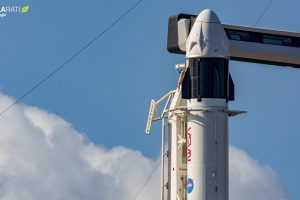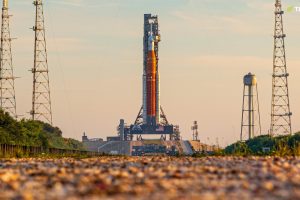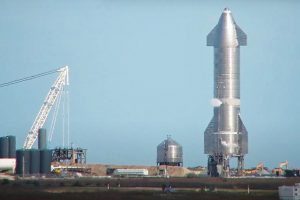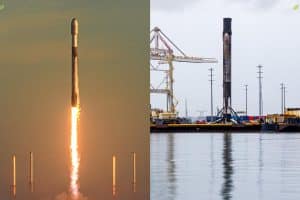After a record-breaking journey in space, SpaceX’s first operating Crew Dragon spacecraft has safely returned its four-astronaut crew to Earth.
Crew Dragon ‘Resilience’ (capsule C207) softly splashed down in the Gulf of Mexico a few dozen miles off the coast of western Florida about eight hours after JAXA astronaut Soichi Noguchi and NASA astronauts Shannon Walker, Victor Glover, and Mike Hopkins undocked from the International Space Station (ISS) and began their descent. SpaceX’s successful Crew-1 recovery is extremely important, since it marks the second crewed splashdown of the first crewed US space capsule built and flown since the Apollo Program ended nearly half a century ago.
To begin with, Crew-1’s recovery is the first time in US history that a crewed spacecraft has successfully returned orbiting astronauts to Earth after more than a few months (84 days) in orbit. Crew Dragon C207 went on to break the Apollo era record by spending a total of 168 days (nearly six months) in orbit. Only Russia has considerable experience running crewed spacecraft in space for six months or longer, so NASA and SpaceX were taking a risk with their first attempt at something similar.
If something went wrong during Crew-1’s ISS departure, reentry, descent, or splashdown, SpaceX and NASA would have had to face the possibility that Crew-2’s Crew Dragon wouldn’t be deemed stable enough to return its own four-astronaut crew back to Earth in five months. Of course, the pair didn’t take the decision to fly Crew-2 before Crew-1’s recovery lightly, and there was obviously a high level of trust that an additional 100 days in space would be a minor danger – but it was still a risk.
Thankfully, Crew-1’s ISS departure and splashdown went off without a hitch, essentially eliminating any remaining danger and proving beyond a shadow of a doubt that SpaceX’s first crewed spacecraft is safe for human spaceflight.



Crew-1’s recovery was also the first time a crewed spacecraft has landed in the ocean at night since Apollo 8 splashed down in 1968, demonstrating NASA’s growing trust in SpaceX. Though clearly not ideal in comparison to a typical daytime recovery, the sea and weather conditions were evidently too good to pass up, and SpaceX’s recovery teams had already practiced nighttime splashdowns extensively.
Only a few weeks before, the same Crew Dragon had made history by becoming the first US spacecraft to switch docking ports while in orbit – a feat it accomplished flawlessly. Crew Dragon Resilience (C207), in other words, is the first crewed space capsule to fly four passengers, splash down at night, and swap docking ports in orbit, as well as the first US crewed spacecraft to spend more than three months in space and the first privately-developed spacecraft to complete an operational astronaut transport task.

Now that Crew-1 has left the International Space Station, SpaceX’s second upgraded Cargo Dragon spacecraft will launch and dock with the ISS as soon as June 3rd. In late October, SpaceX plans to launch Crew-3 and four more international astronauts to the International Space Station for a brief rendezvous with Crew-2’s Dragon before the latter spacecraft returns to Earth with its own crew of four.





